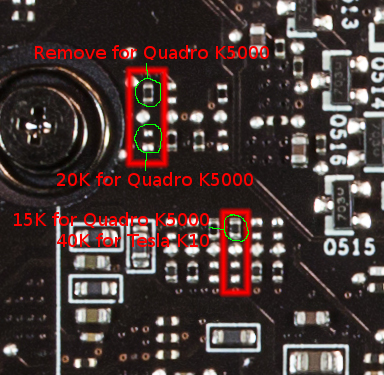Electronics are undoubtedly the basis for our modern society. Leaving out transistor-based devices, and a mechanical clock would be one of the most intricate devices man has come up with. As a Mechanical Engineer, I thought it would be a fun challenge to design and build my own gear-driven clock.
Because clocks have obviously been invented, I wouldn’t be starting from scratch, and I don’t think I could have figured out an escapement on my own. I explain my initial clock escapement and gear reduction design thoughts in this post, and originally getting the escapement to work was my biggest fear.
As seen in the first video after the break, the escapement gear is still a big problem, but not really for the reason I expected. The shaft that the gear sits on seems to be bent, so it allows the escapement to “go free” for part of it’s cycle, losing any sense of accurate timekeeping. Be sure to also check out the second video, especially around 1:50 when I show what happens when an escapement gear goes much faster than a normal clock. [Read more...]













Recent comments